When Neon Starts Breathing
Stefan Bakmand makes drawings that behave like weather.
He builds a Bybliomøbisk cosmology, his book-born, amoeba-like, looping universe in neon and ink, inviting the eye to read paper as a living climate rather than a flat support. Bakmand is represented by Albert Contemporary in Odense and Copenhagen, where his Odense solo show “BYBLIOMØBISK AMØBLEMENT” ran from August 9 to September 5, 2025.
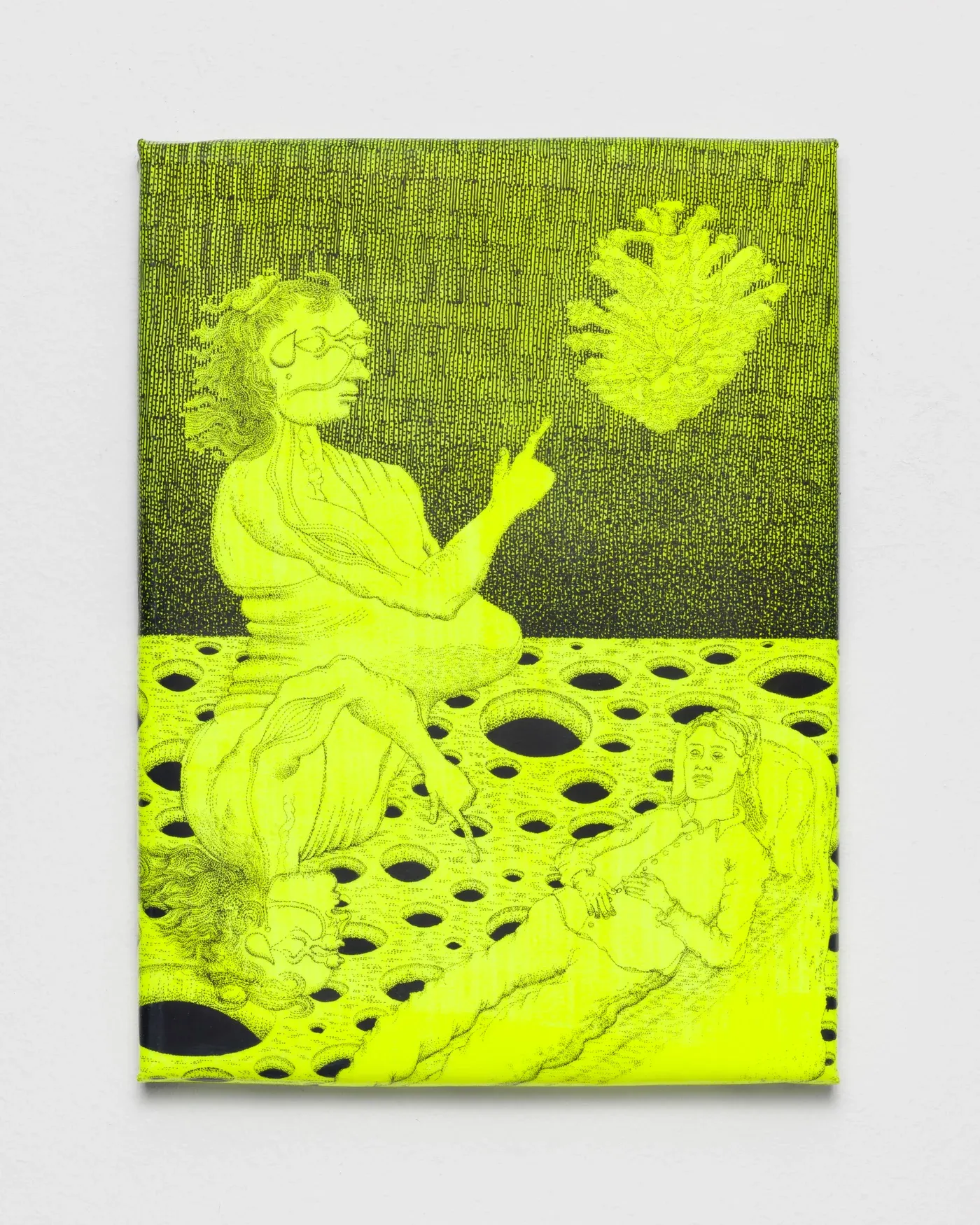
First the color hits you.
A neon that behaves like weather, not paint.
It seeps through the paper and settles in the eye, an afterimage you keep blinking back into being.
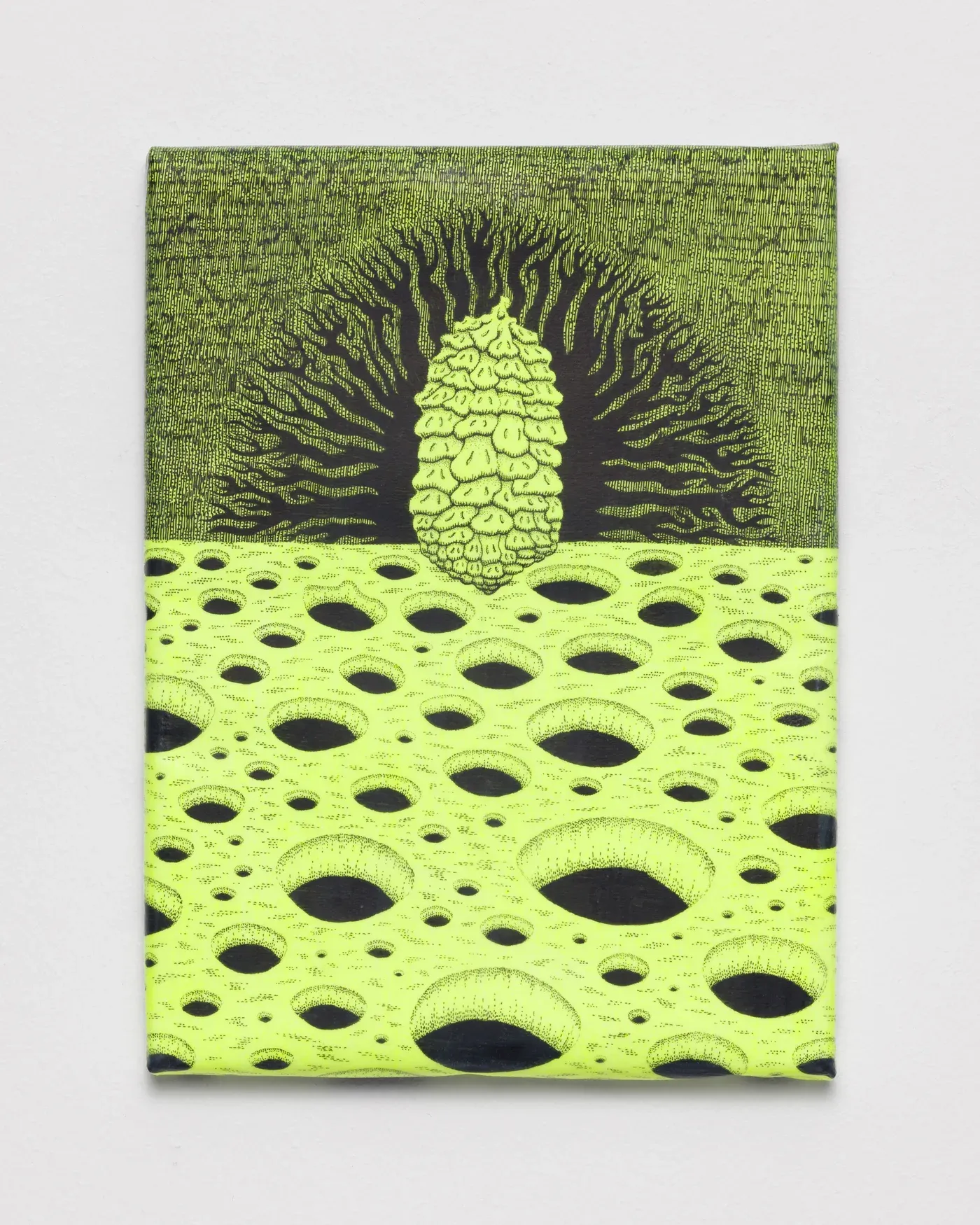
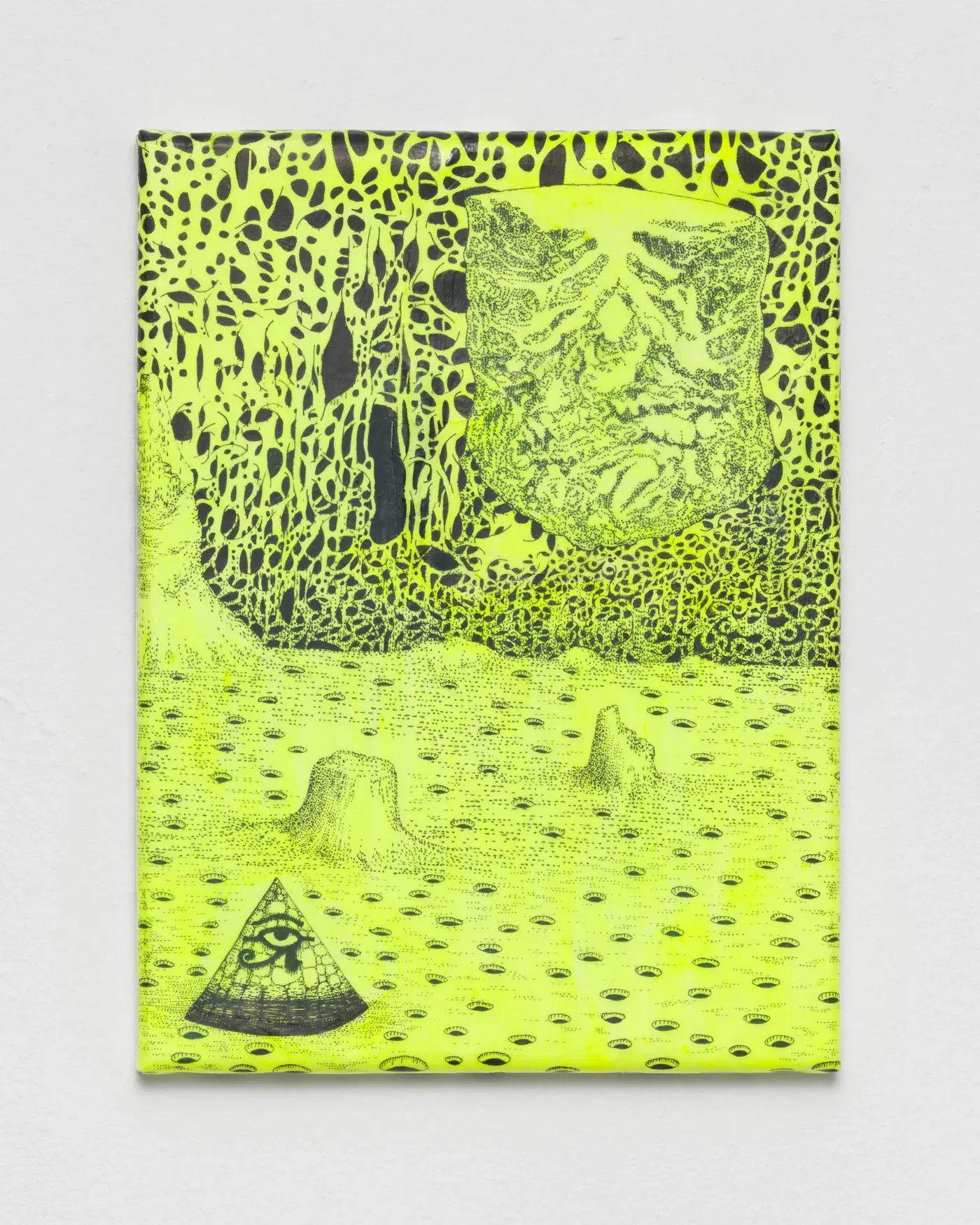
Stefan Bakmand: On the left: We, the Myceleomoebick and on the right: "Myceliomoebick mind" - Photos Mikkel Kaldal. Images courtesy the artist
Then the dots begin to organize.
They are spores.
They are stars.
They are the way time might look if it decided to diagram itself.
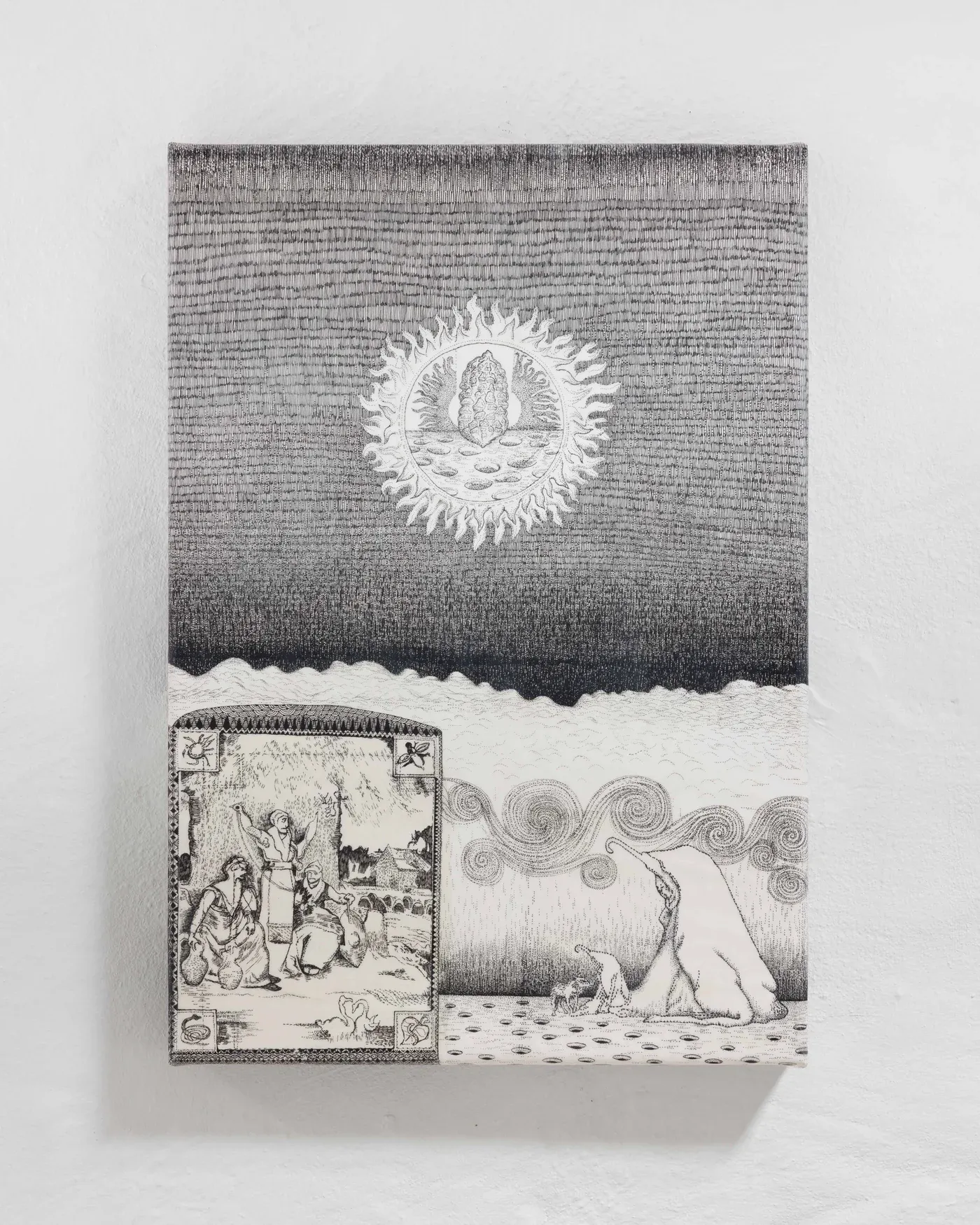
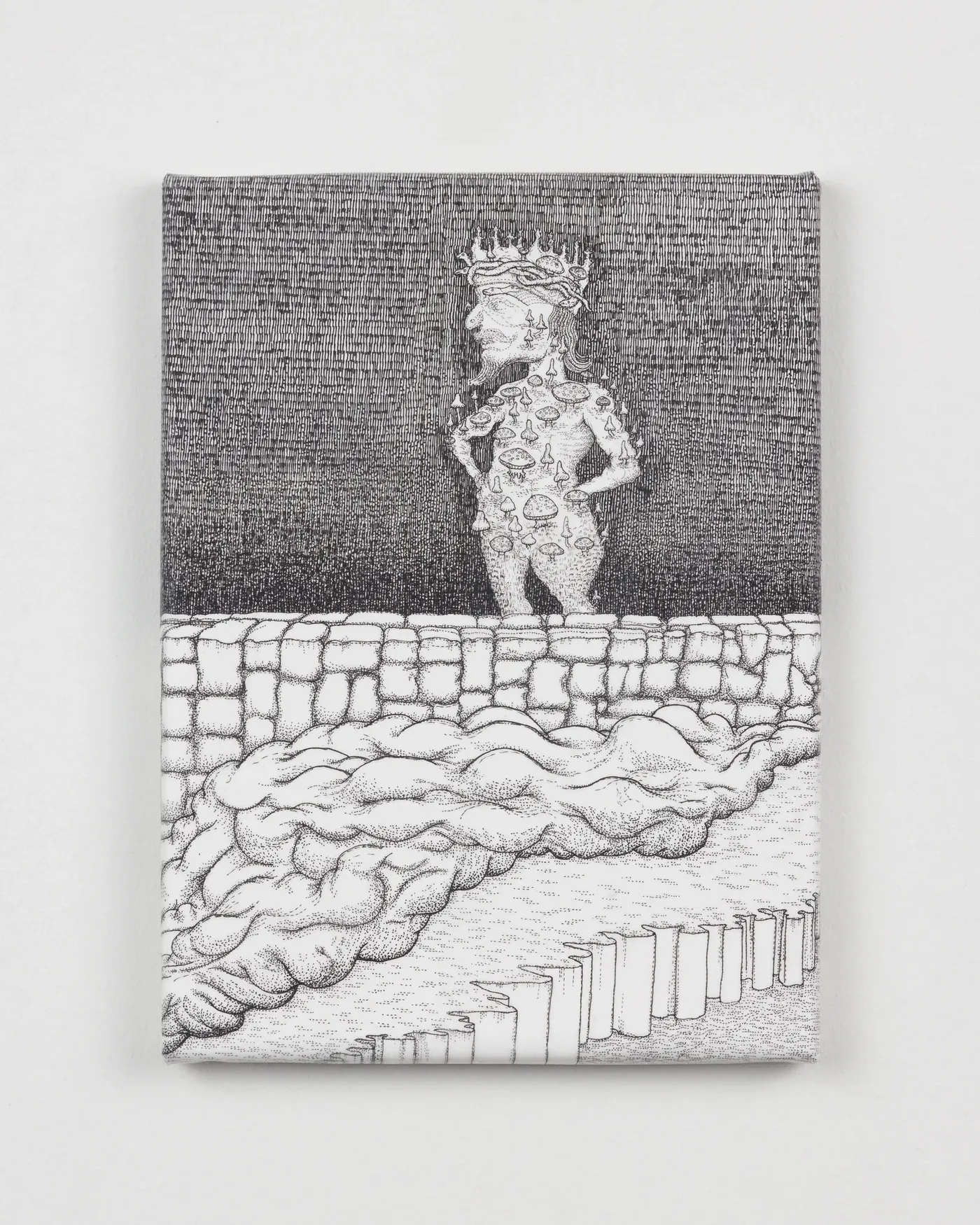
Stefan Bakmand: On the left: "Det Bybliomøbiske, en mykologisk kosmologi". 2024 and on the right: “The shadow self outgrows the ego king” 2024 - Fotos: Mikkel Kaldal. Image courtesy the artist
Building Worlds: The Bybliomøbisk Field
Stefan Bakmand builds drawings like habitats.
He lets worlds grow from the smallest mark, then lets those worlds remember older ones.
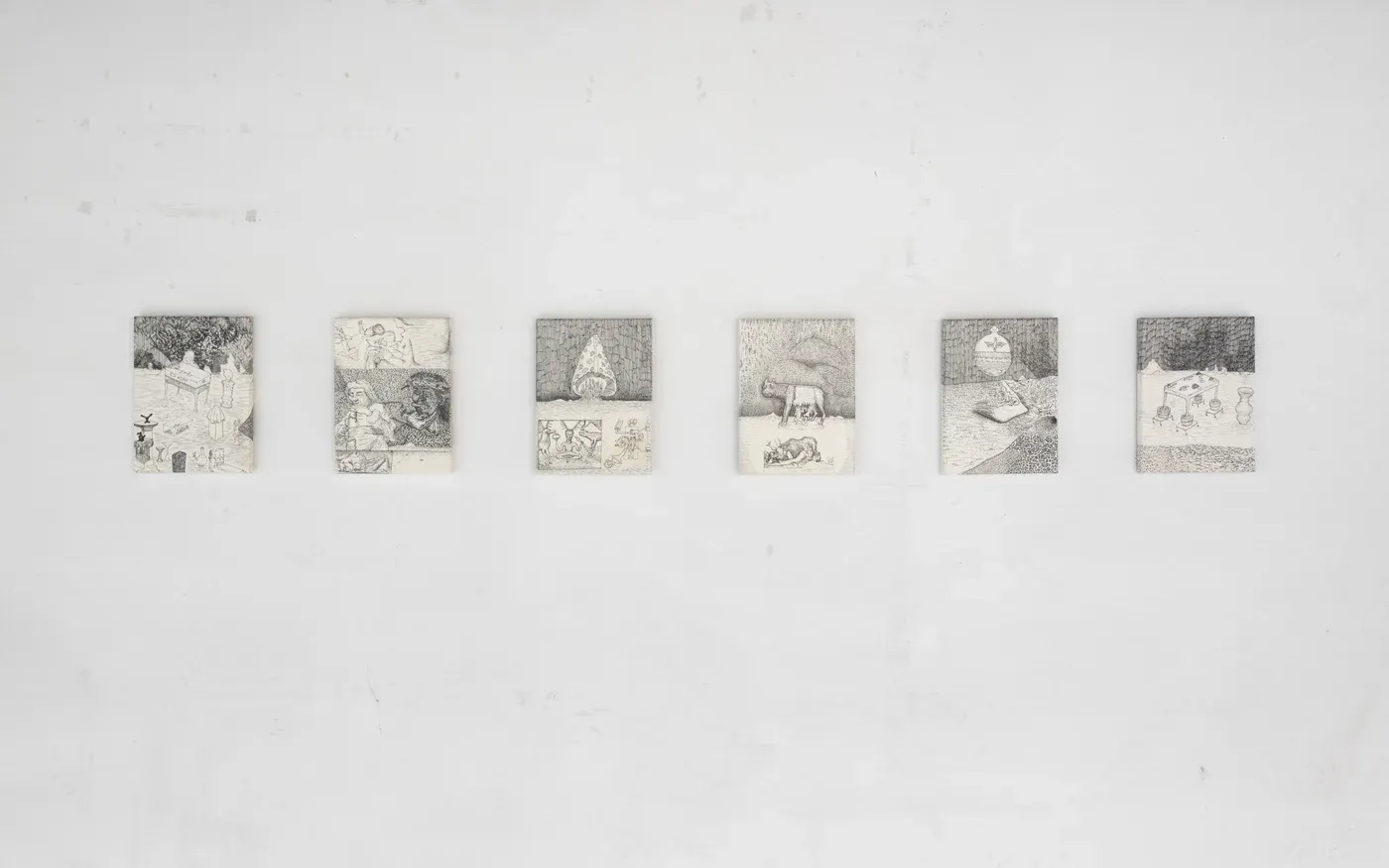
The result feels both archaic and speculative, like an alchemical scroll discovered in a lab that studies fungi and folklore in the same breath.
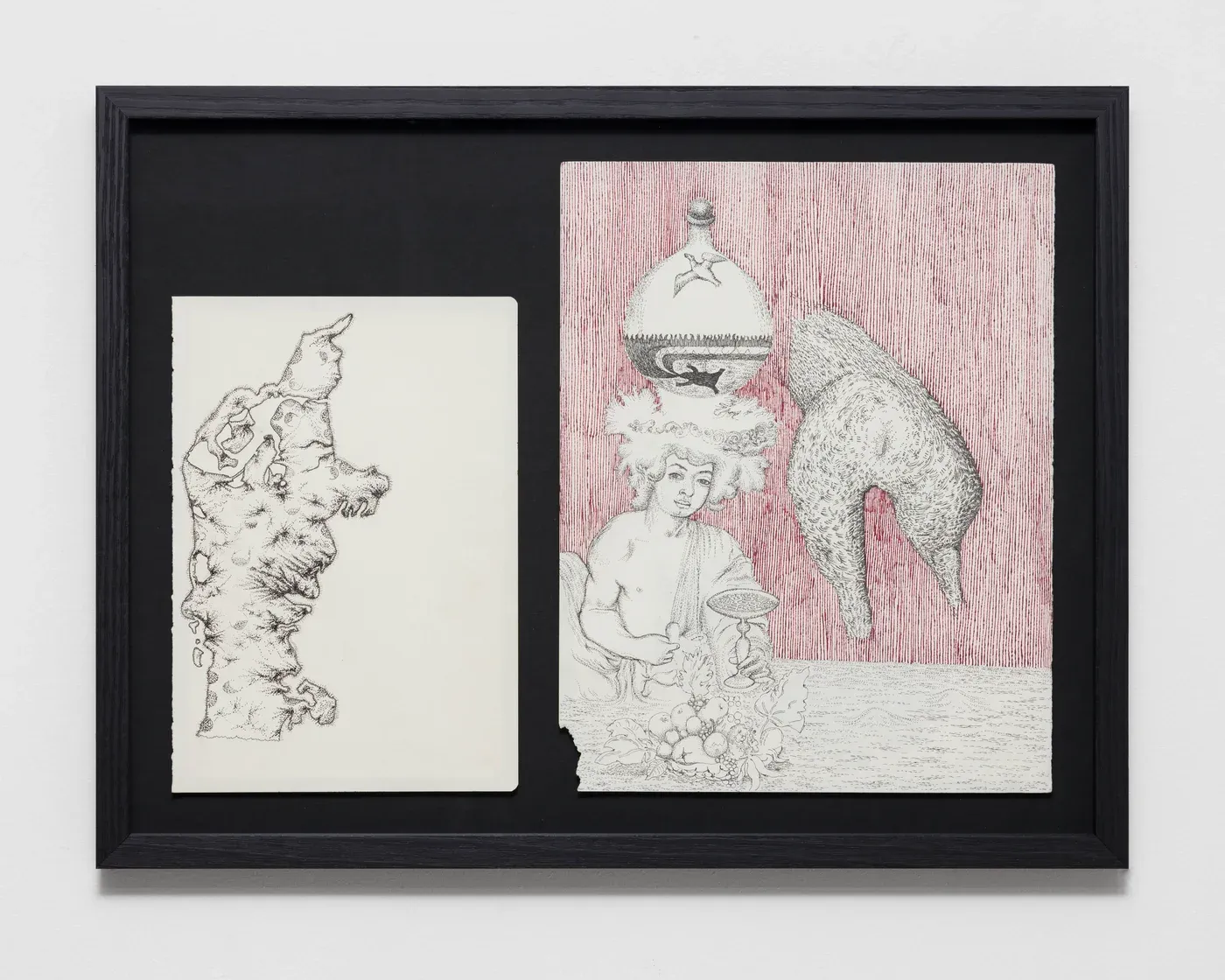
In his Bybliomøbisk cosmology, organisms are icons and icons are portals.
The page is not a surface but a field with its own climate.
Myths and Organs: What Appears on the Page
Bakmand’s context is deceptively simple: a sheet of paper, a disciplined hand, a patience that borders on liturgical practice.
Yet the images are unruly.
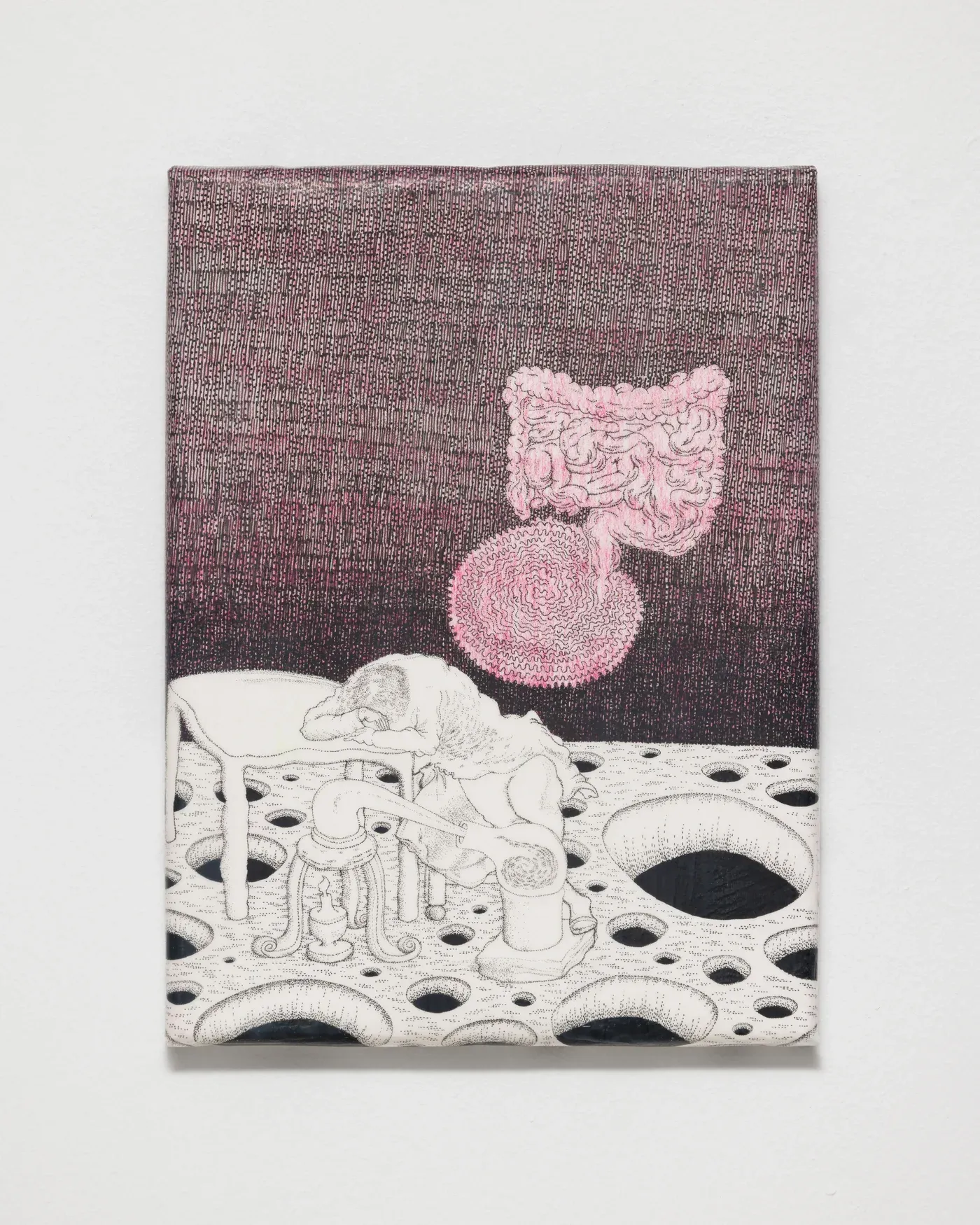
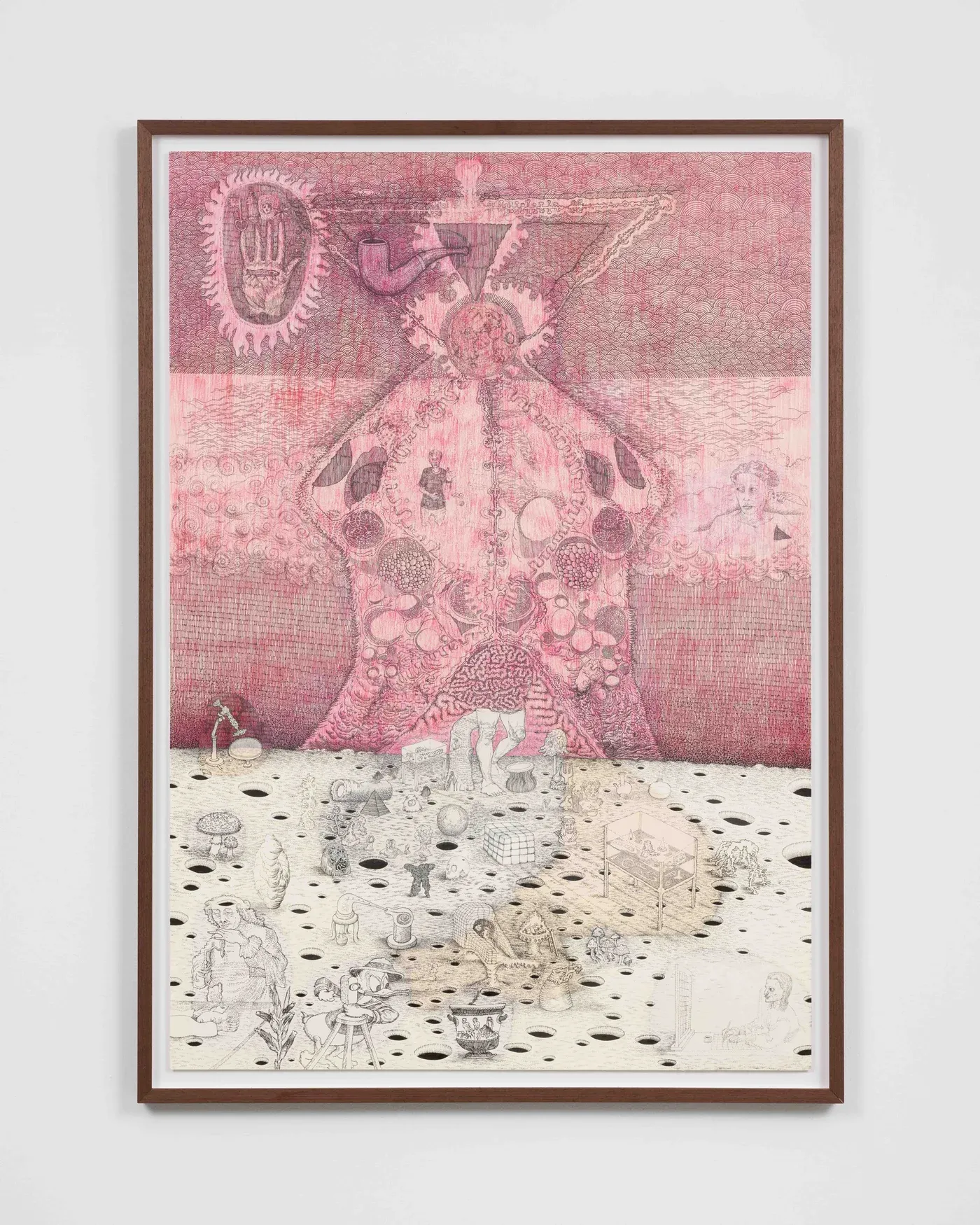
Stefan Bakmand: On the left: "The laborious mind"(after Goya) and on the right: Bybliomoebick; a diorama of dreams - Photos Mikkel Kaldal. Images courtesy of the artist. of the
Wolves nurse emperors.
Pods appear on cratered plains.
Figures talk to organs that float like weather systems.
He draws with the severity of a surveyor and the play of a storyteller, letting micro-textures swell into terrain.
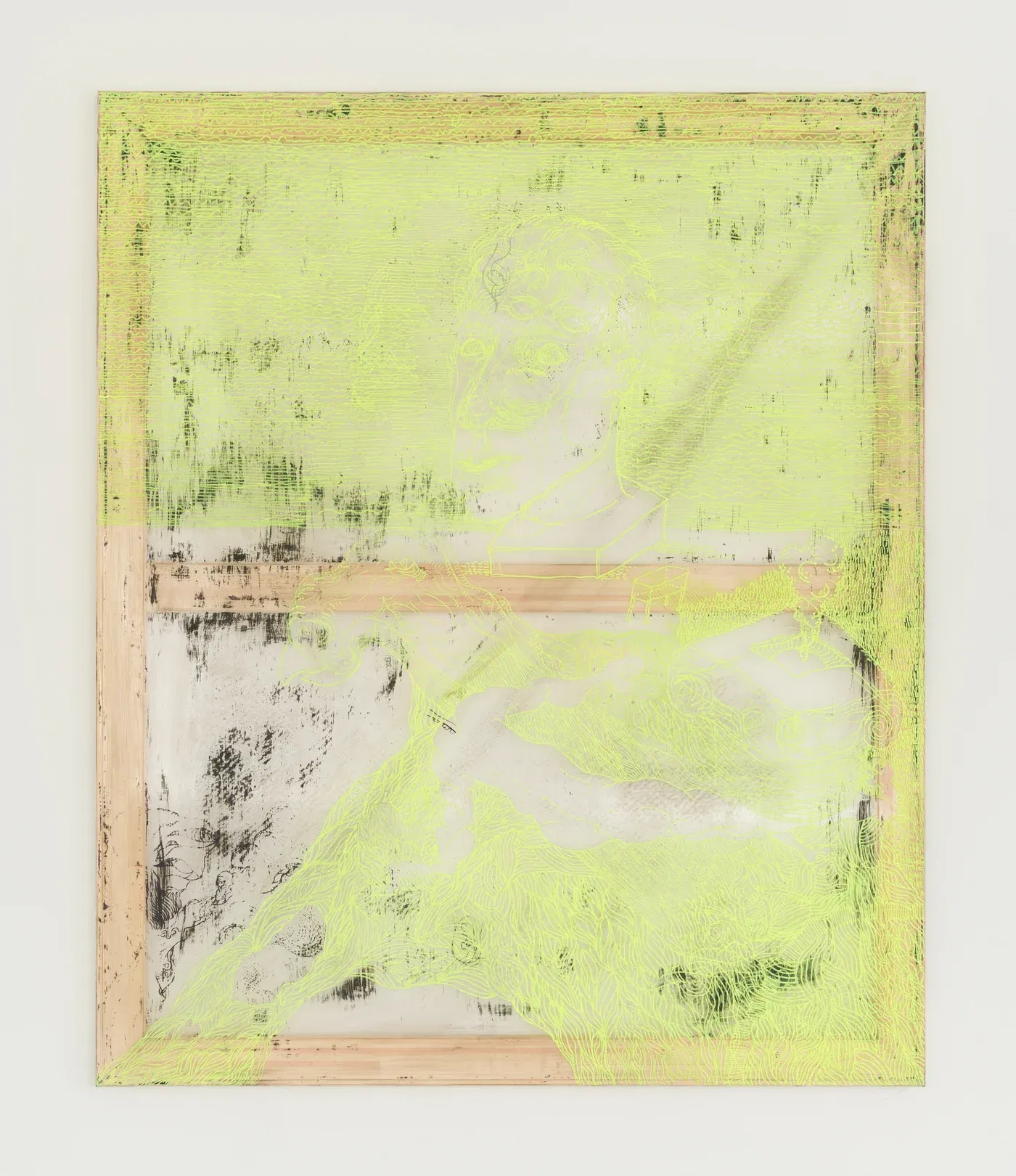
You sense the body here, but as geology.
A rib becomes a ridge.
Hair becomes weather.
Skin becomes sky.
Dots That Think, Fields That Whisper
What is striking is how the work refuses a single scale.
Zoom in and you enter stippled micro-ecologies where each dot is a decision.
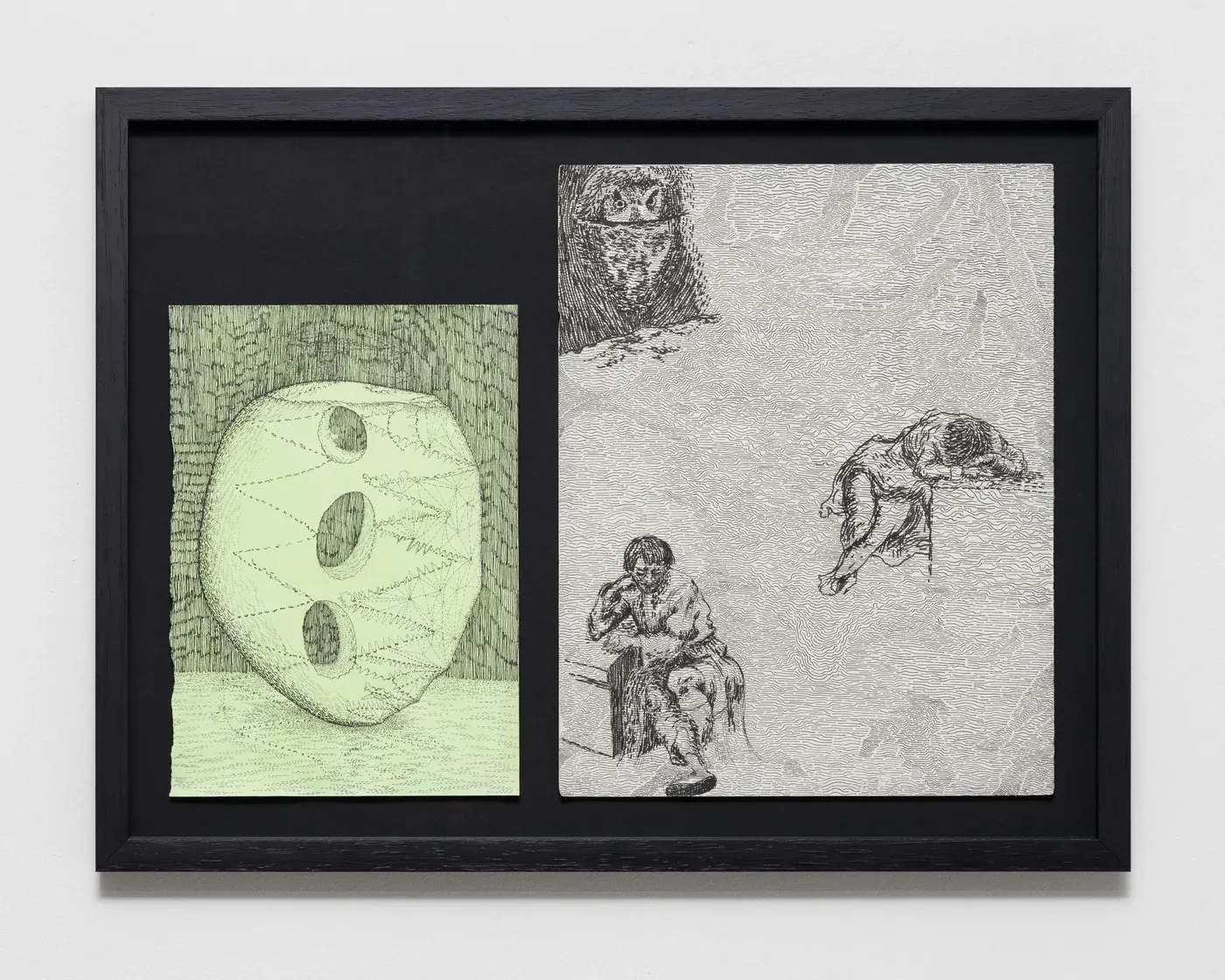
Zoom out and you meet diagrams of belief: emblems, sun-seals, archaic handprints.
The neon grounds are not decoration.
They act as oxygen, animating the page into daylight or lunar glow.
Where many artists use bright color to shout, Bakmand uses it to breathe.
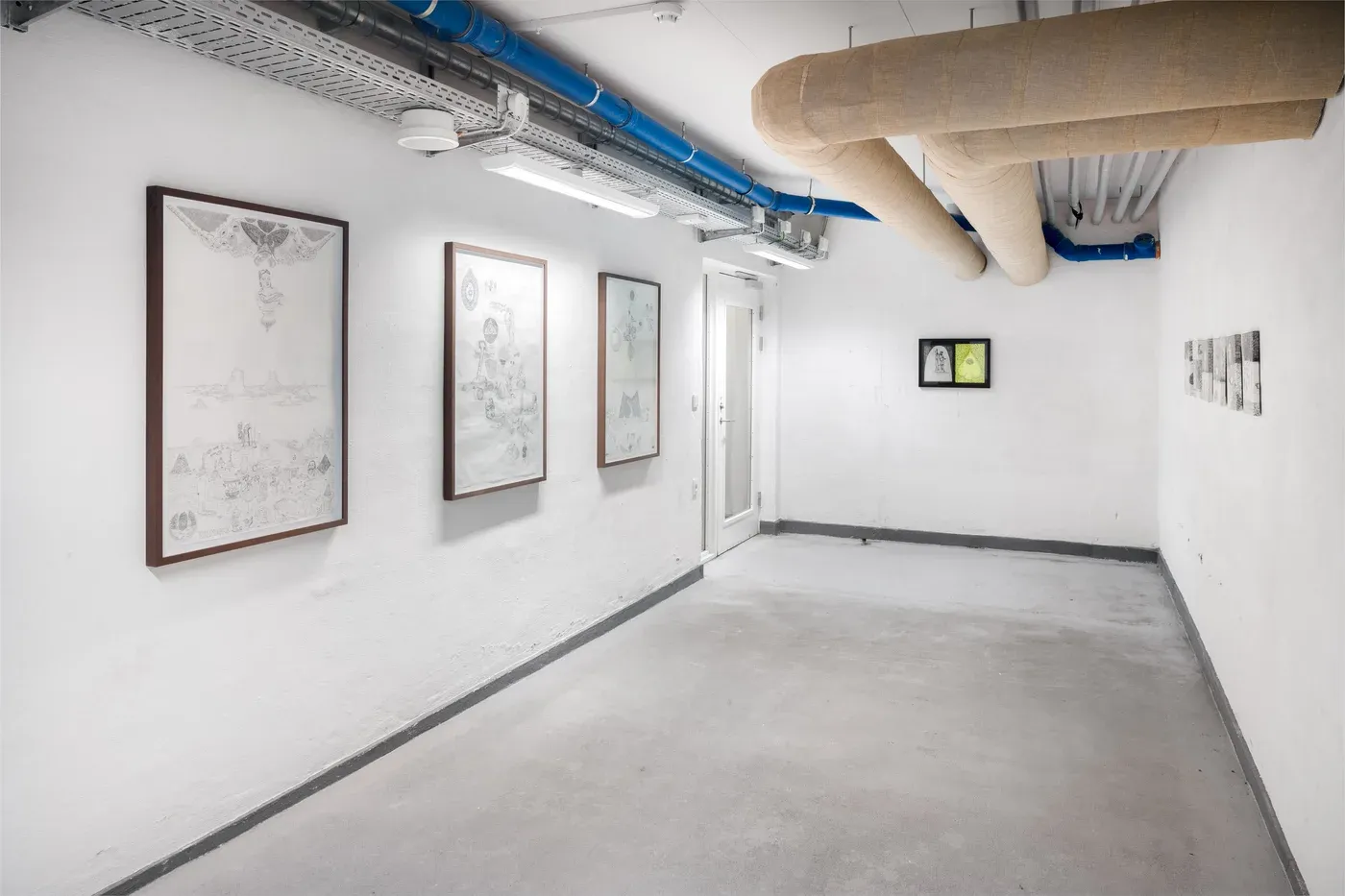
Subtlety arrives in the registers he builds. Often there are bands of narrative that do not quite touch, like parallel strata.
A vignette nests inside a larger field.
A memory is buried under an omen, separated by a gentle arc that reads as soil. The piece keeps its secrets while offering you coordinates.
You read it the way you read a coastline, tracing edges until a harbor appears.
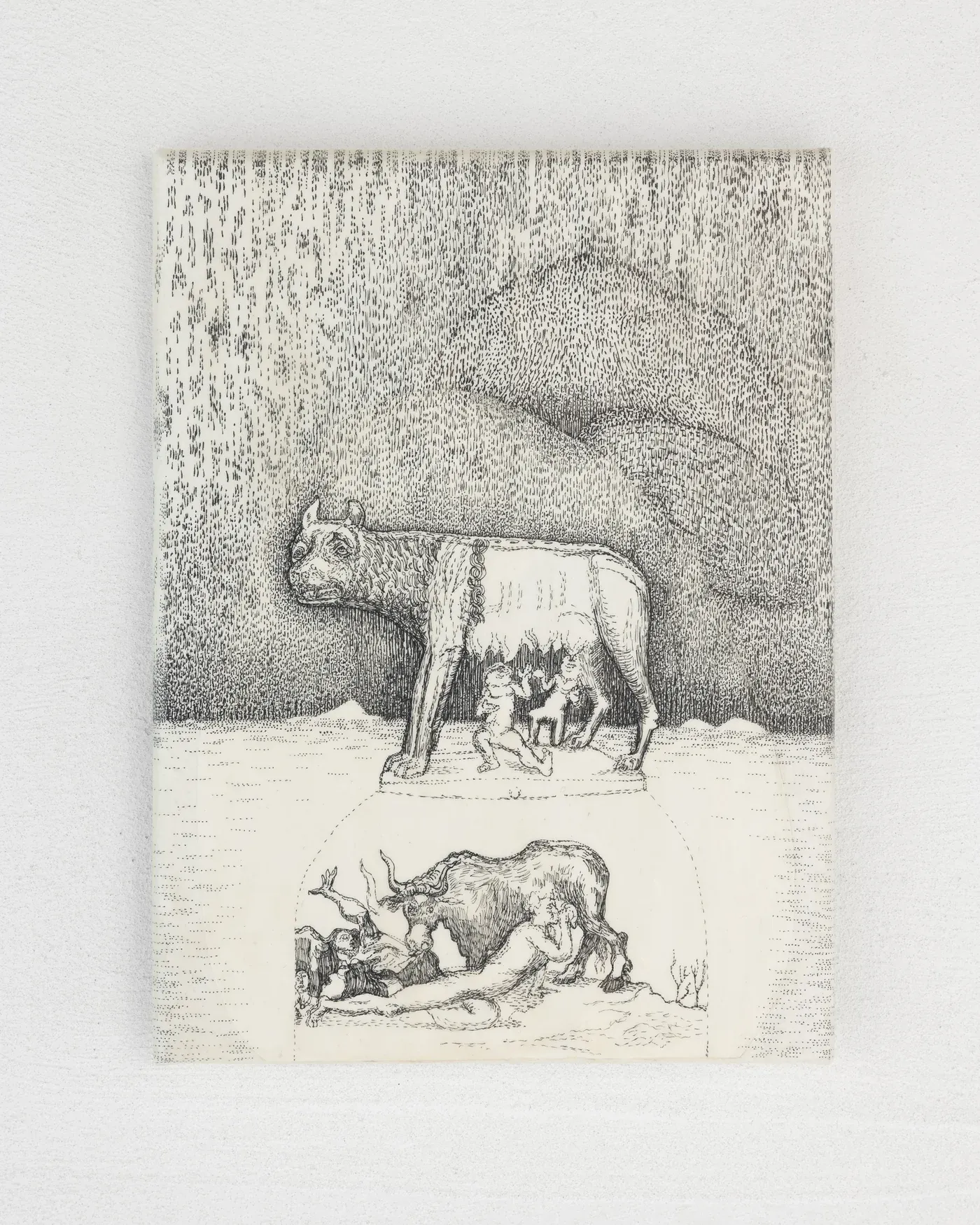
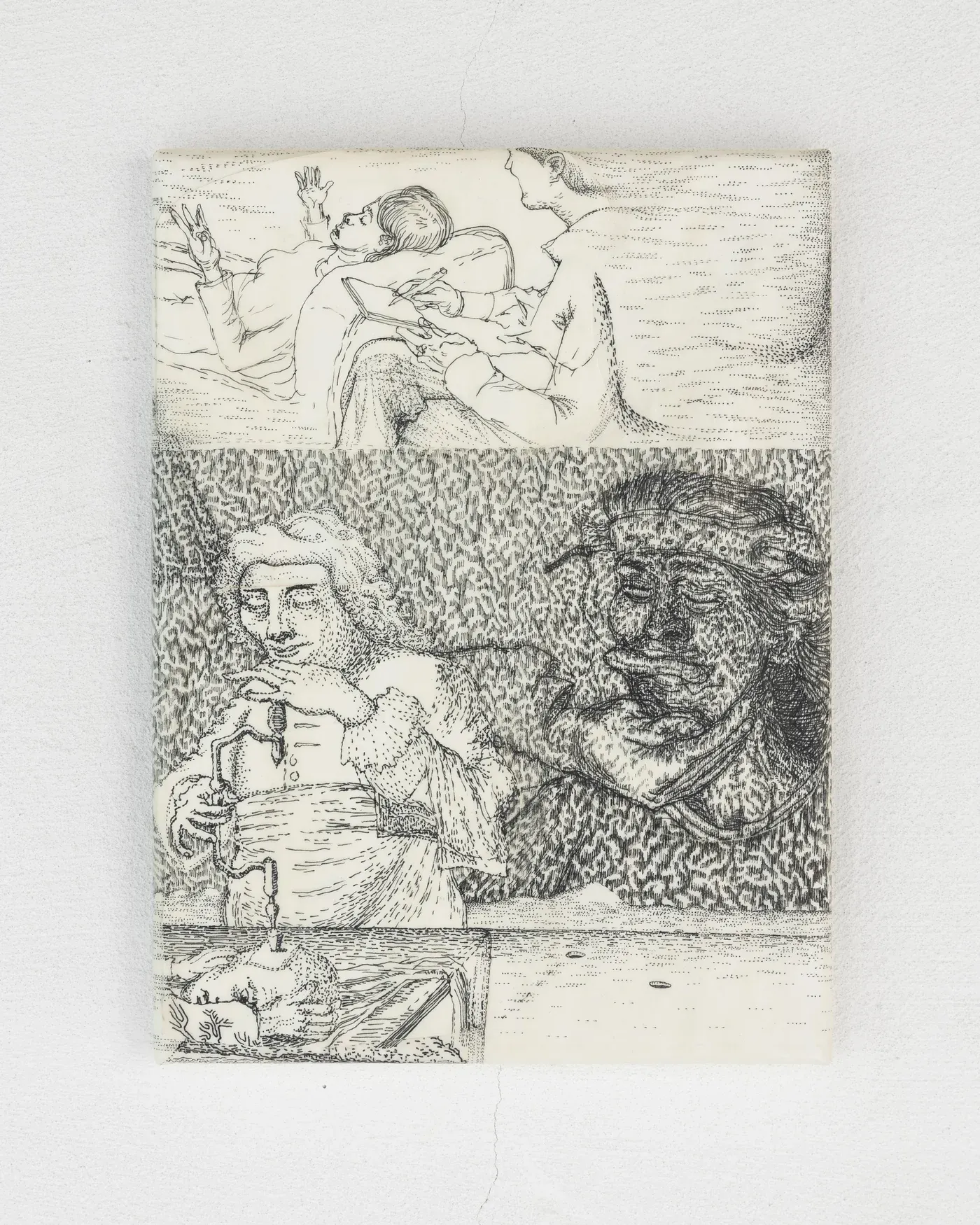
Stefan Bakmand: On the left: Mumblings of Ødhumbla, Dungeon tongues 2021 and on the right: Peeky sneeky (Psychiatrium introspectum). Photo Mikkel Kaldal. Images courtesy the artist
From Marginalia to Myth Machines
Culturally, Bakmand’s work sits in the conversation between visionary drawing and contemporary myth-making.
It echoes medieval marginalia, outsider cosmologies, and scientific illustration, while sidestepping nostalgia.
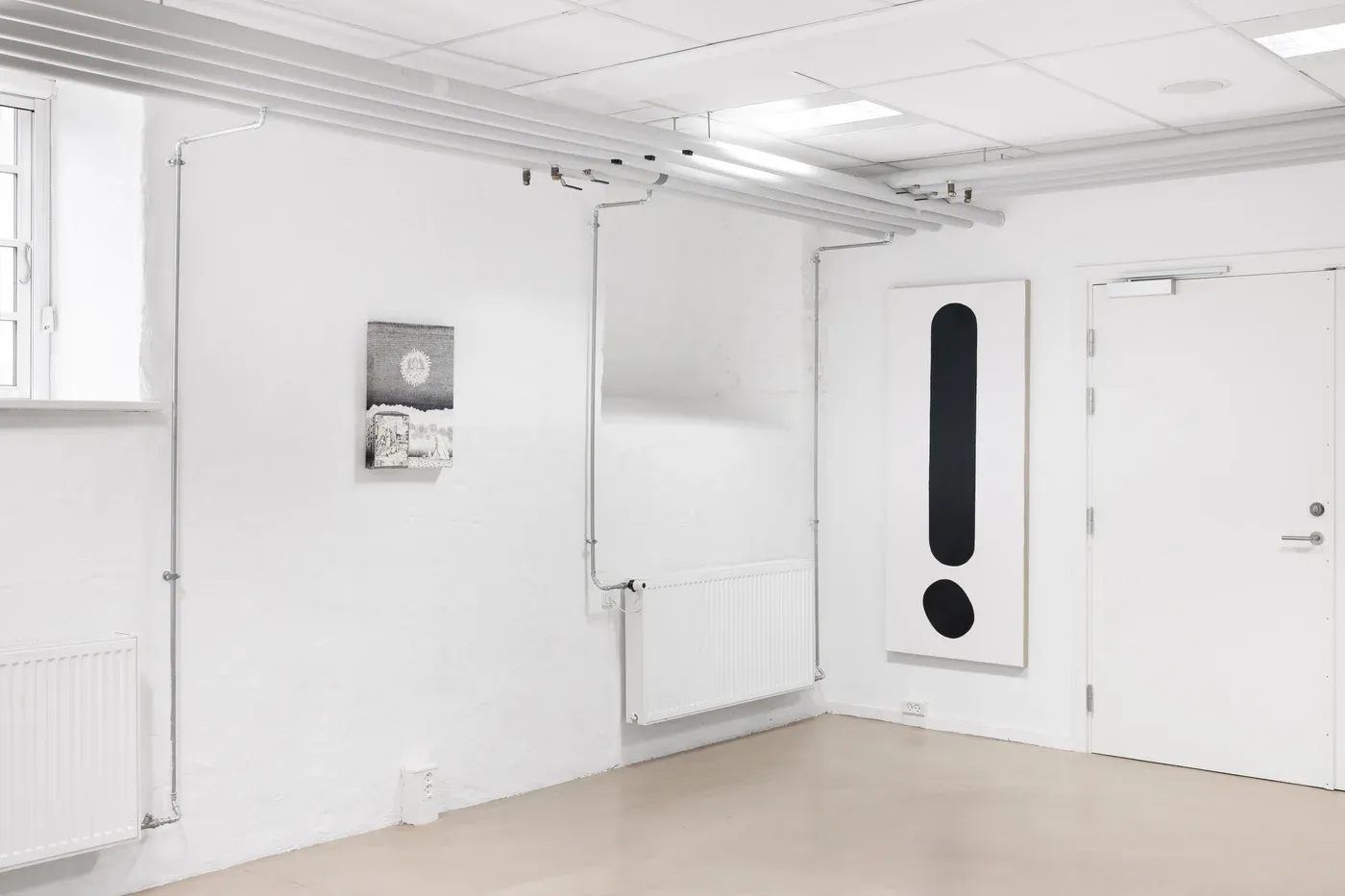
The drawings are not quotes.
They are proposals.
What if knowledge grew like mycelium, laterally and in whispers.
What if an artwork could be both specimen and ritual.
In an age of quick images, Bakmand insists on duration. Looking becomes a form of listening.
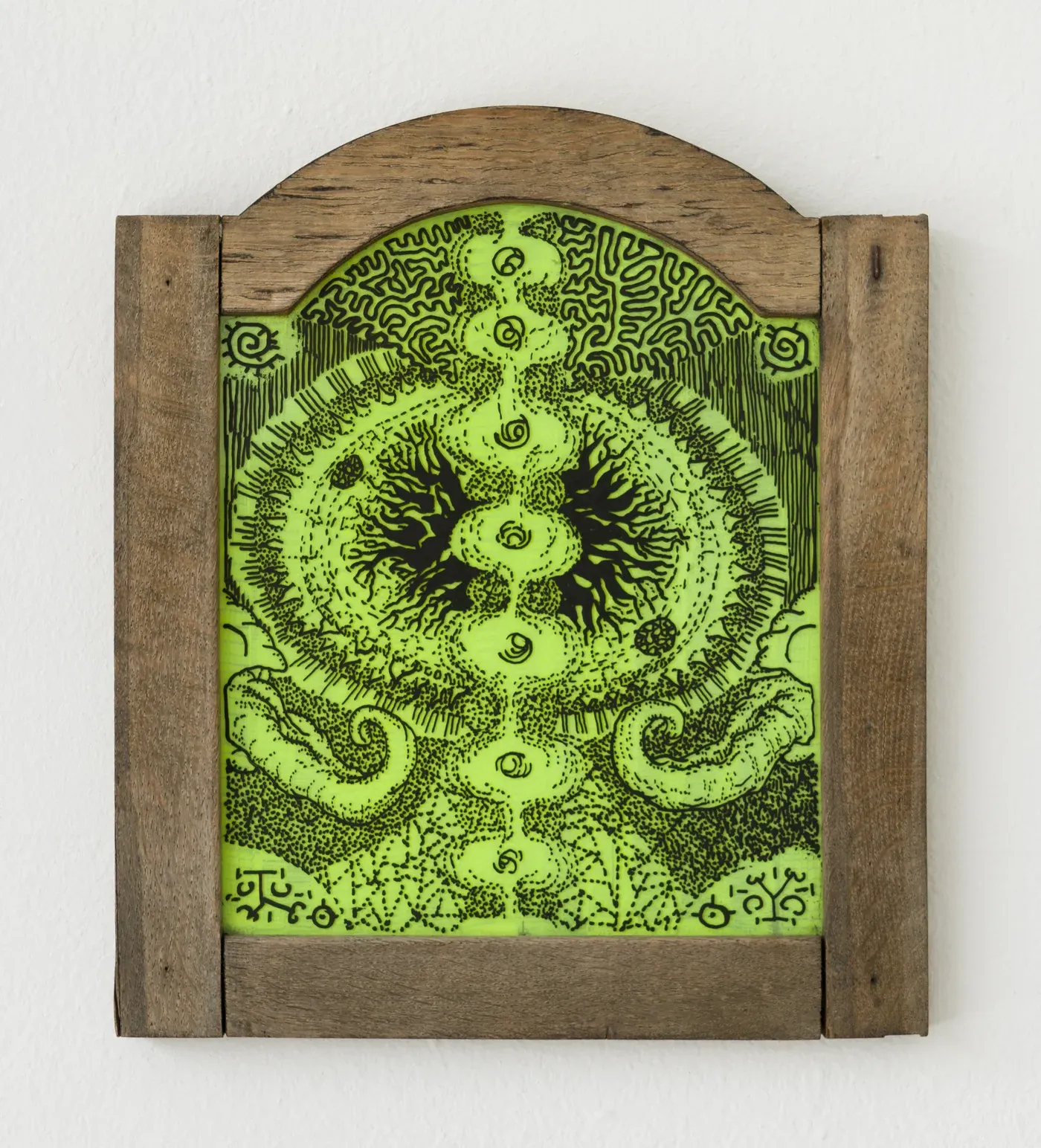
The Page That Thinks Back
The unforgettable part is the tenderness.
For all the glyphs and cosmologies, the pages feel cared for.
There is humor tucked beside omen.
There is domestic scale inside the cosmic.
A corridor installation turns into a cabinet of relations, not a parade of objects.
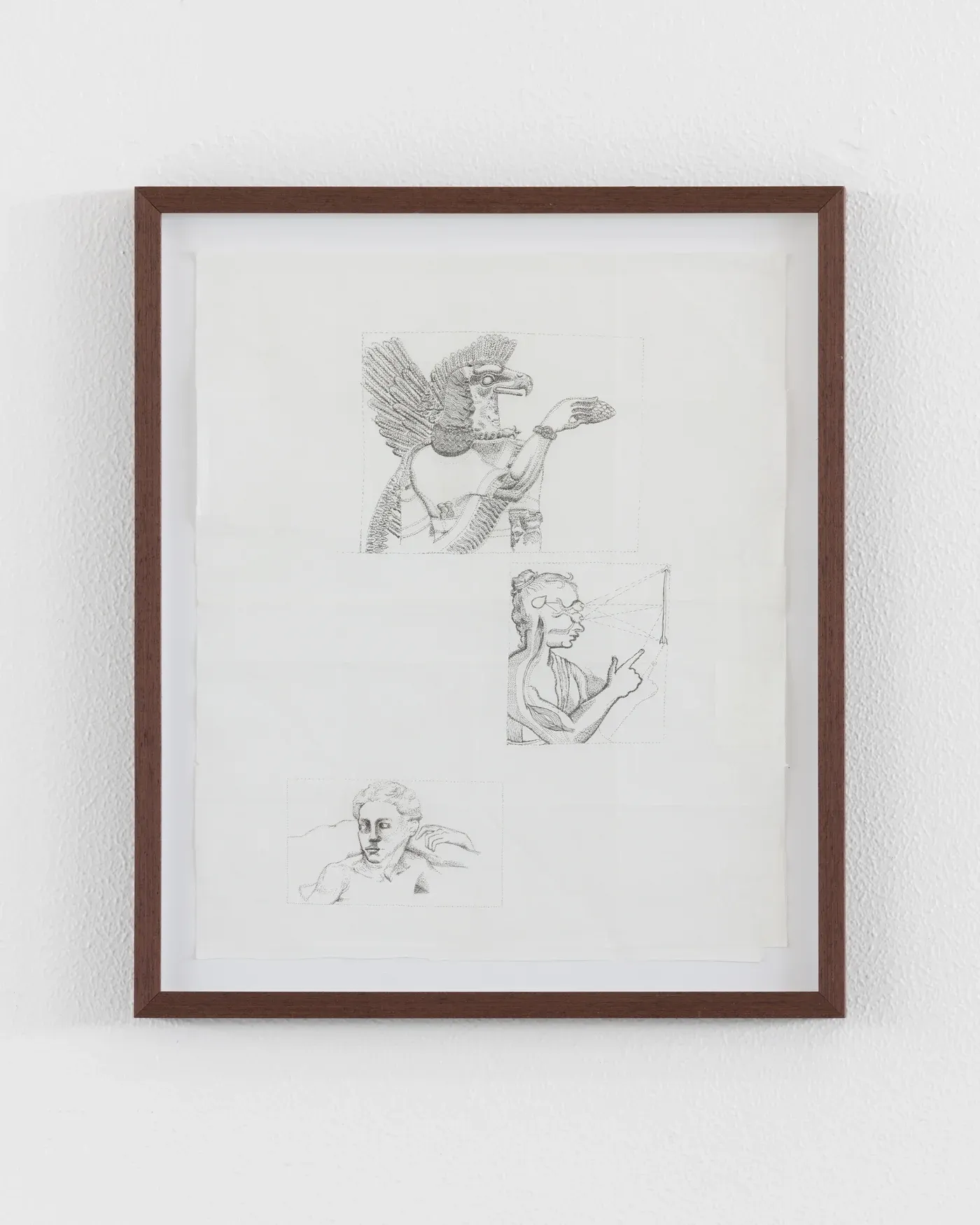
You leave with the sensation that the ground under your feet is porous and generous, punctured with holes that are not absences but mouths.
Bakmand does not illustrate another world.
He tunes your eye to the one already here, where spores write histories and diagrams fall in love with folklore.
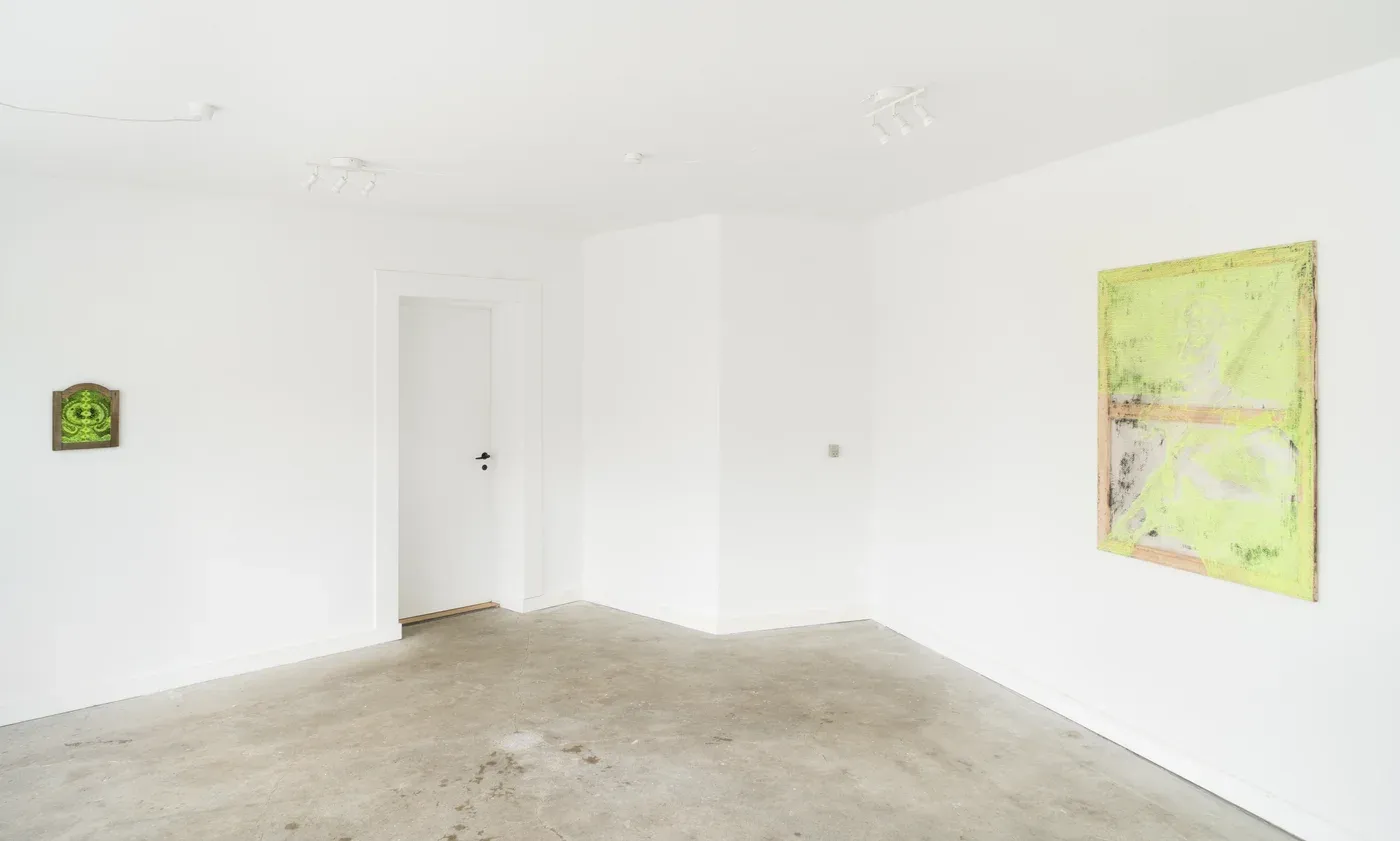
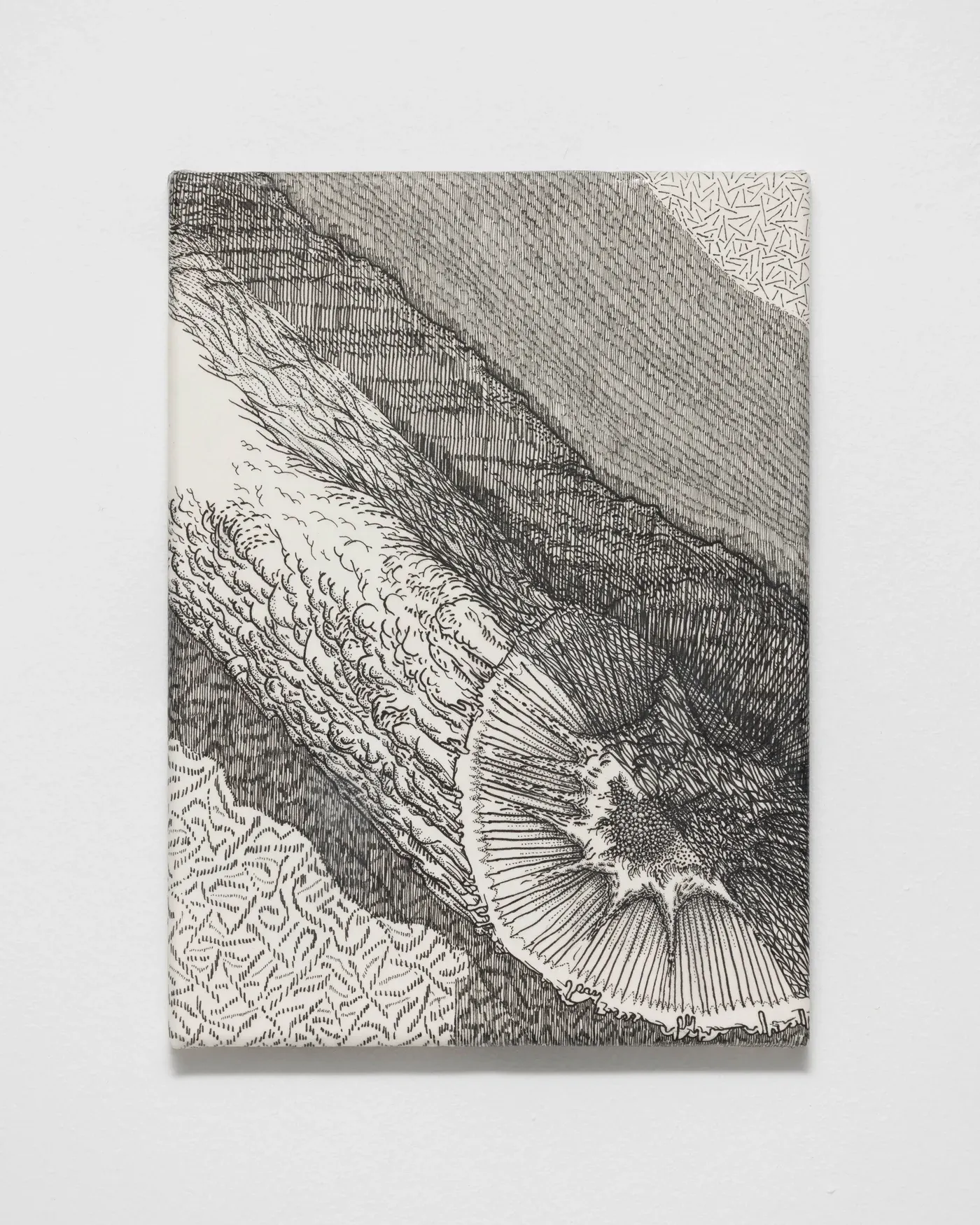
The work lingers like bright dusk on a white wall, a quiet pressure that asks you to look again and, this time, to let the page think back.
Follow Stefan Bakmand on Instagram for spores, diagrams, and quiet shocks.
After the spores, more worlds. Enter wherever the pull is strongest:

A road trip through iconography, nostalgia, and hangovers of belief.

Time stutters, objects remember, you re-read the moment.
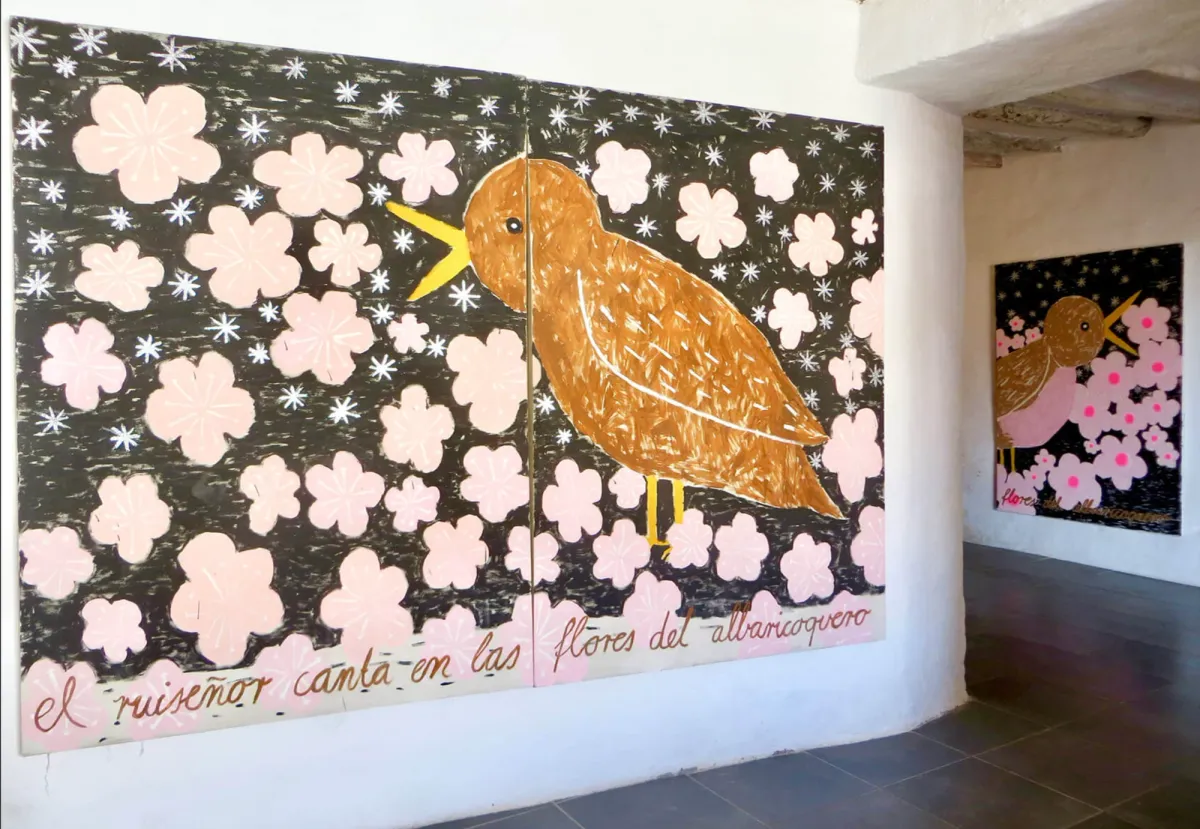
A quiet constant for us: Gabrielle Grässle.

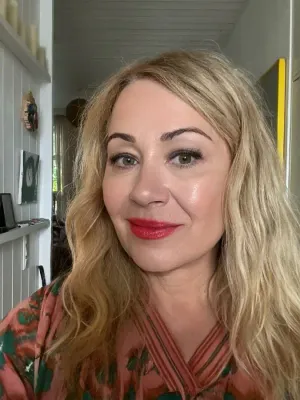
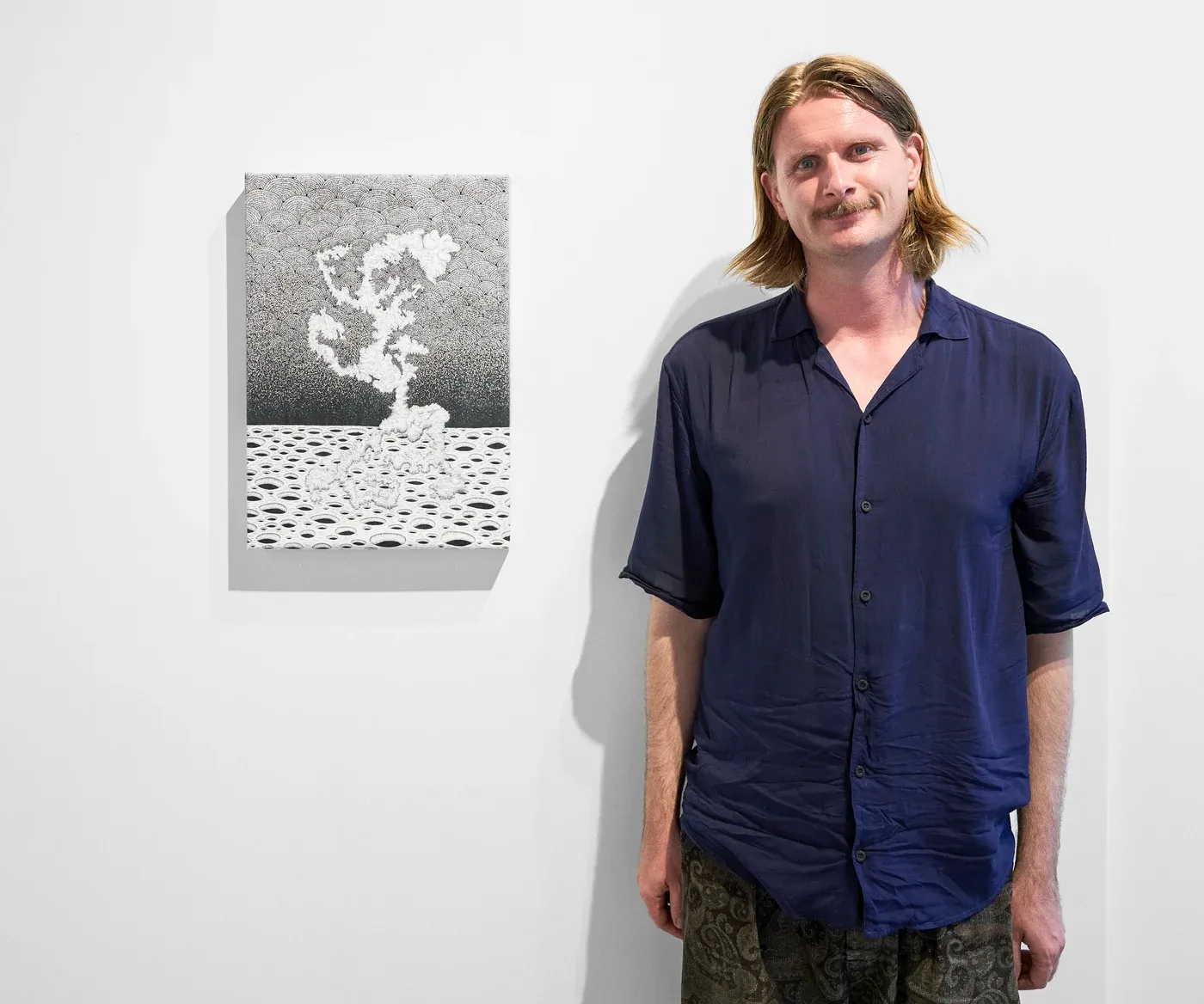



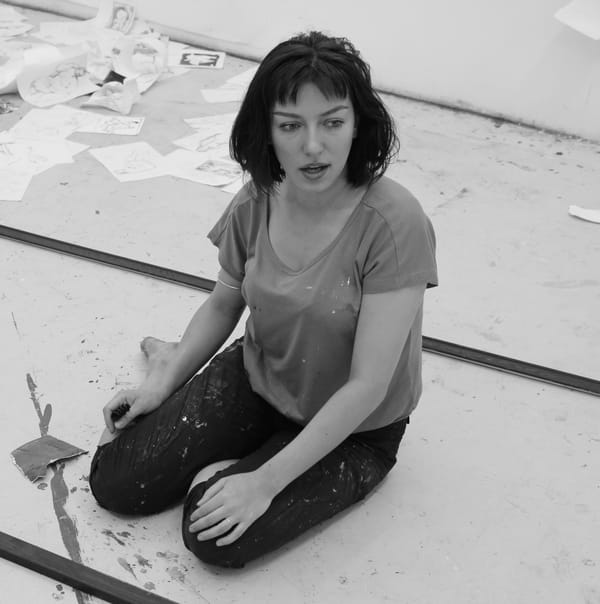
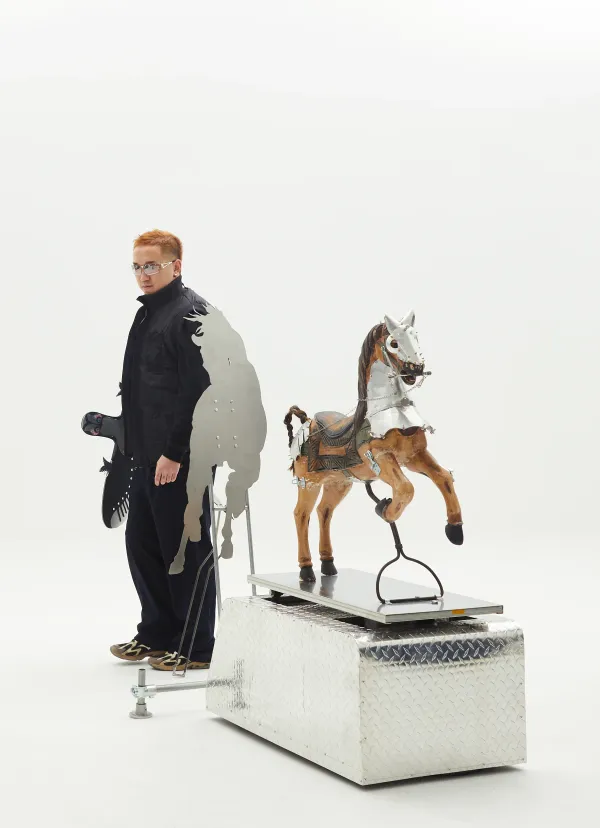

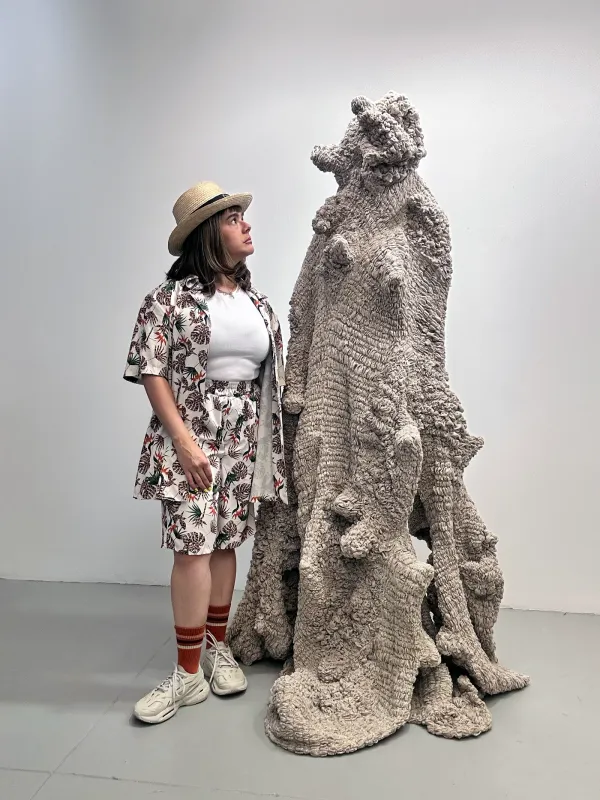
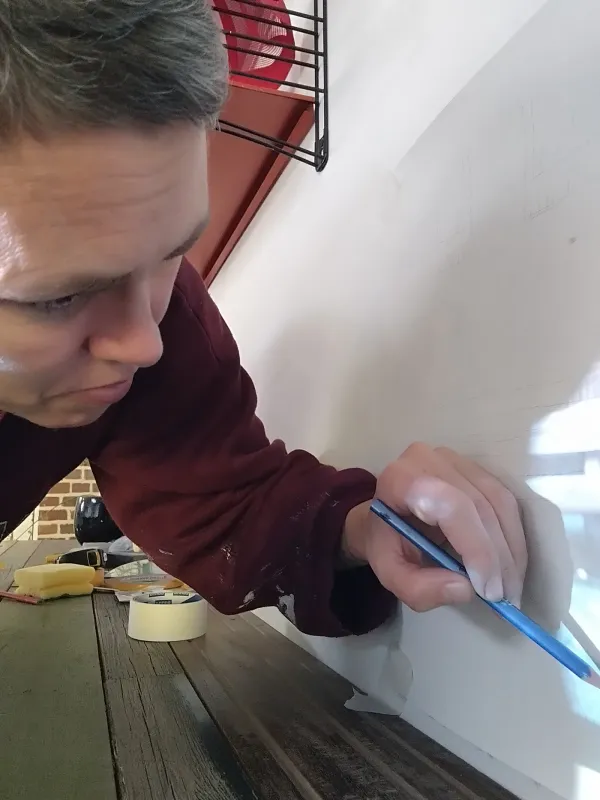
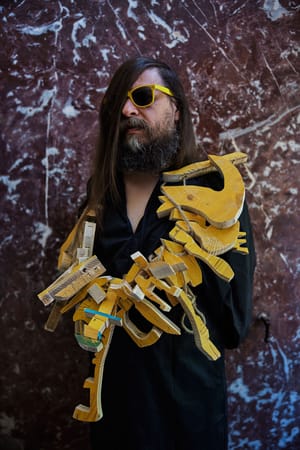
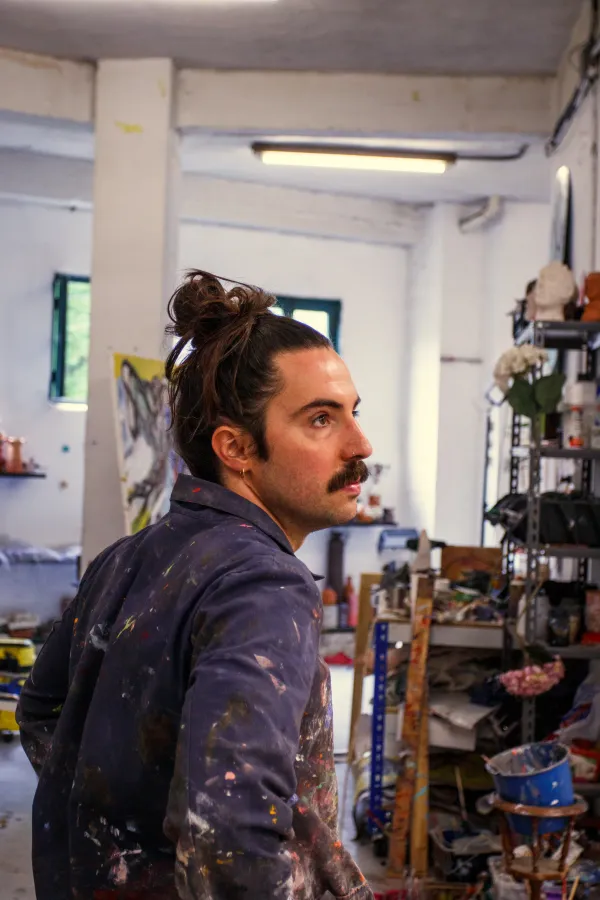
Member discussion